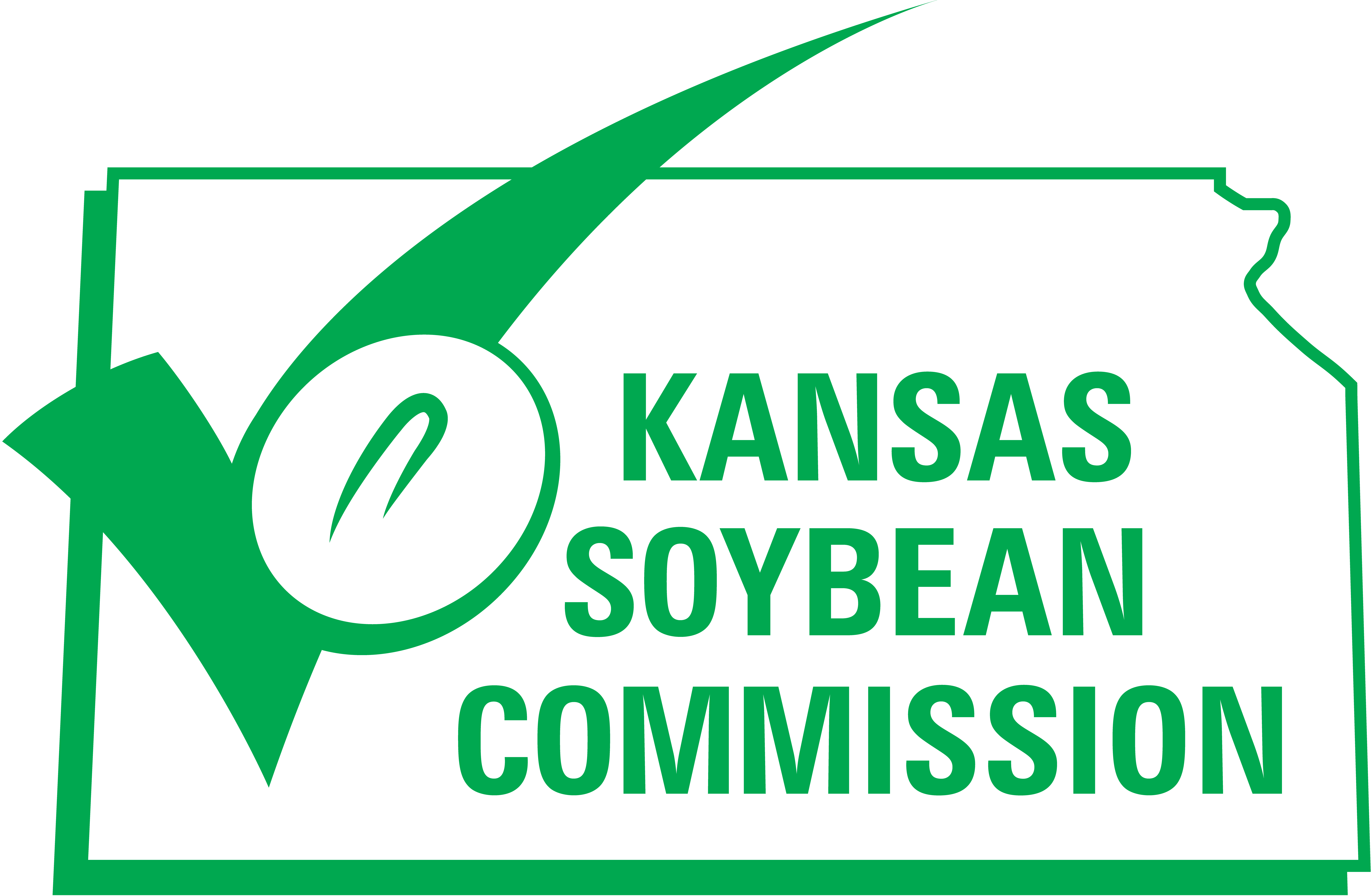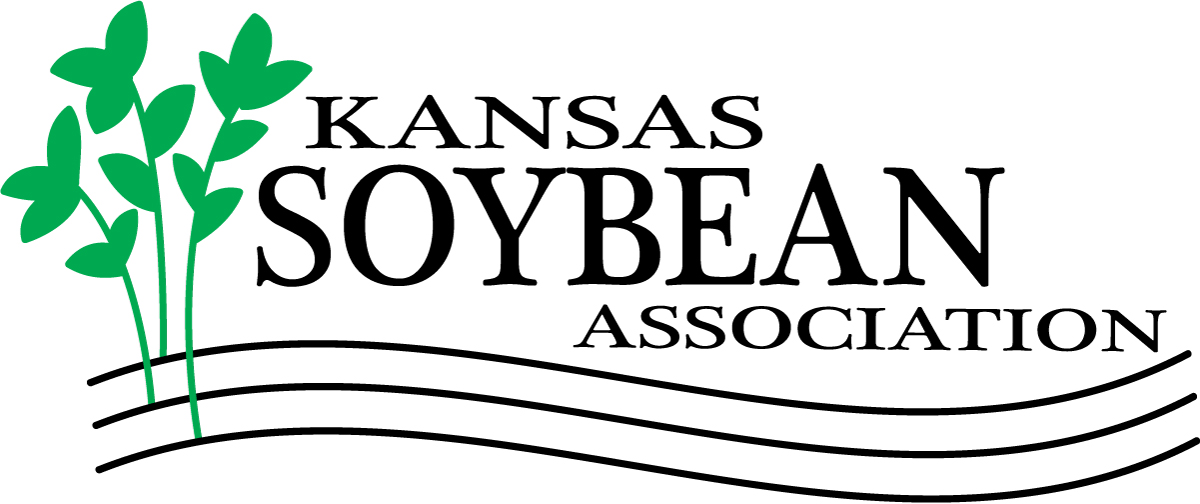Soy gets $905M in climate-smart funds nationwide
Is “climate-smart” a trendy buzzword, or an ideal that is here to stay? The United States Department of Agriculture’s investment in Partnerships for Climate-Smart Commodities points to the latter. USDA announced $2.8 billion in funding for 70 projects Sept. 14, and soybeans are getting a piece of the pie.
On the list of funded projects is a project to “accelerate long-term cover crop adoption” led by the National Fish & Wildlife Foundation and Farmers for Soil Health. Farmers for Soil Health is sponsored in part by the United Soybean Board and American Soybean Association. This project worth $95 million incentivizes farmers by facilitating the sale of ecosystem benefits like carbon credits.
Another project geographically covering Kansas is the five-year Midwest Climate-Smart Commodity Program led by the Iowa Soybean Association. This project, administered through the Soil and Water Outcomes Fund, aims to provide direct incentives for implementing conservation practices to farmers in 12 states. This project receives $95 million, some of which will also be used for technical assistance, reporting, outreach and enrollment.
The Kansas Black Farmers Association, National Association of Conservation Districts and others partnered on a project “to advance grassroots efforts to ensure producers and local communities are prepared to meet the demand and have access to climate-smart commodity markets.” The $90 million nationwide project focuses on tribal territories.
Truterra, LLC, is leading a $90 million project titled “Climate SMART (Scaling Mechanisms for Agriculture’s Regenerative Transformation)” that “aims to catalyze a self-sustaining, market-based network” and emphasize sustainably-produced grain and dairy commodities. Kansas is one of 28 states included in the proposal.
Kansas is also in the anticipated region for cotton, beef, pork and other commodity-specific projects funded in the first round of the Partnerships for Climate-Smart Commodities initiative. USDA stated that projects with an emphasis on greenhouse gas mitigation were weighted more heavily and that the slate of projects take different approaches to do so. Another round of projects is expected to be announced later this year with the second pool weighted more heavily on equity and outreach criteria. USDA’s Commodity Credit Corporation foots the bill for the projects, which range in value from $5 million to $100 million.
In a “by the numbers” infographic created by USDA, corn and soybeans together benefit from 11 projects. Over 50,000 farms and 25 million acres are expected to be impacted and over 50 million metric tons of carbon dioxide are to be sequestered over the course of the projects’ timelines.
For further details on the program or funded projects, visit https://www.usda.gov/climate-solutions/climate-smart-commodities.

